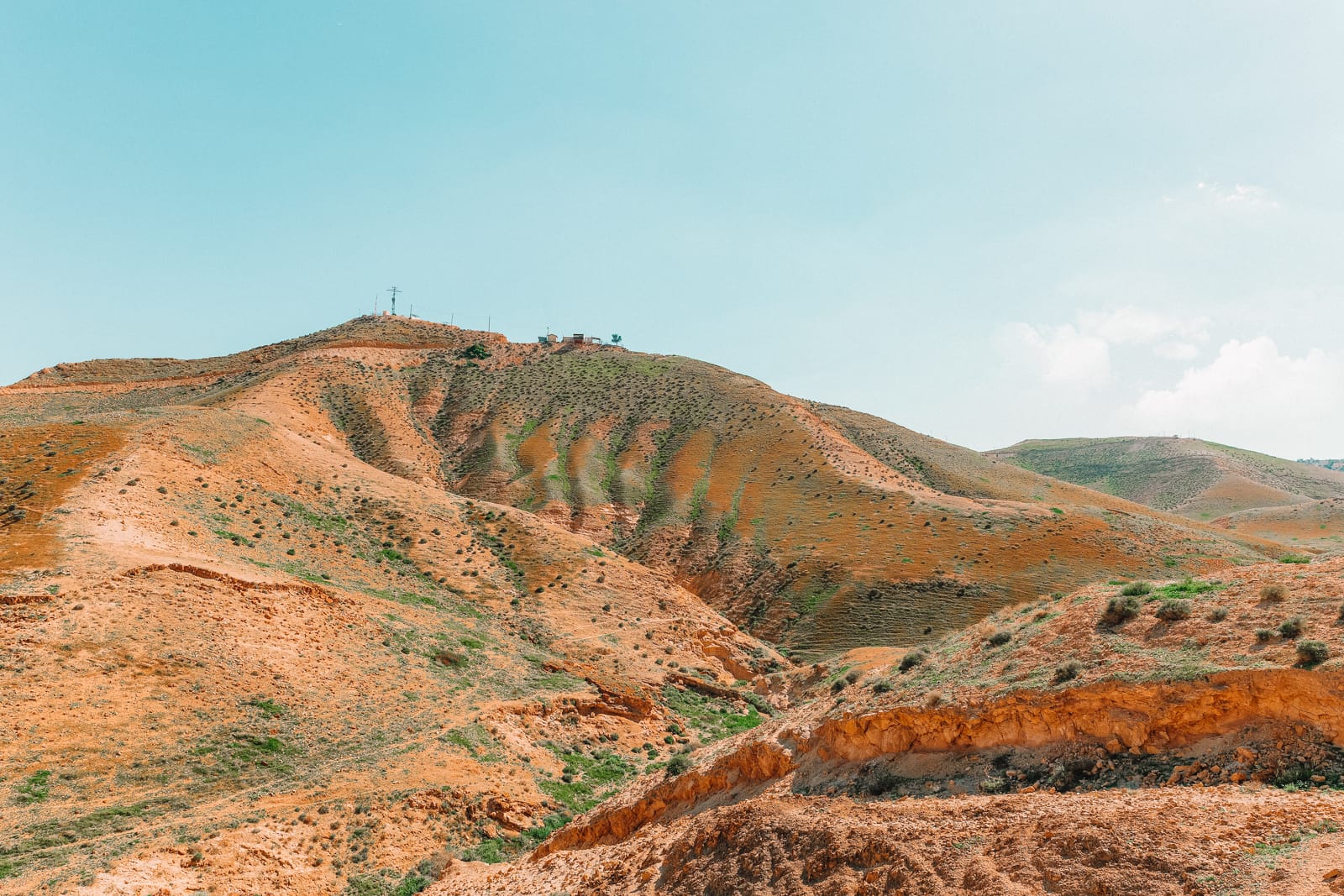Summary:
A Journey Through the West Bank
Leaving the beautiful ancient city of Jerusalem, our next stop on our trip was the West Bank, an area often seen as contentious.
Arrival in the West Bank
Upon arriving, we were aware of the long-standing conflict between Israelis and Palestinians. However, the complexities surrounding the situation and the lack of resolution to this conflict were realities we were eager to understand.
We knew we had gaps in our knowledge and were determined to fill those gaps. Engaging with the local communities was the most meaningful way to do that, as we aimed to move beyond the more polished tourist paths to gain deeper insights.
Way of the Patriarchs
Our first visit led us to the Way of the Patriarchs, an ancient biblical route historically traveled by Abraham, Isaac, and Jacob. Here, we explored a remarkably preserved Roman milestone, a relic from an era when the Romans utilized this as a major thoroughfare.
Community Dialogue
Next, we had the unique opportunity to sit down and engage in conversation with locals—a Palestinian and an Israeli living in the West Bank. Typically, their interactions are limited, leading to strained relations; thus, the importance of the dialogue was heightened.
This dialogue was facilitated by an organization called Roots, which aims to foster mutual understanding by humanizing the ‘other side’. It’s about recognizing that behind the conflict are real individuals with their stories and perspectives, cultivated through respect and understanding.
Both parties present their connections to the land, believing firmly that their ancestors’ heritage grants them rights to live there. Roots acknowledges these viewpoints, striving to show that one narrative doesn’t necessarily invalidate the other and that coexistence is possible.
Taghyeer Movement
After our enlightening discussions, we visited Taghyeer, a grassroots movement initiated by peace activist Ali Abu Awwad aimed at promoting non-violence and dialogue in Palestine.
Ali shared personal accounts of hardship and loss, as well as the impetus behind his passionate activism. His experience illustrates profound insights into how non-violent protests can be formed in the face of adversity.
The organization focuses on community-based initiatives that not only empower women but also aim to build constructive relationships between Palestinians and Israelis. Their mission is crucial in bridging divides and promoting peace.
Cultural Dinner Experience
Before our visit concluded, Ali graciously invited us for dinner. We enjoyed delicious Makloubeh—a traditional dish of spiced rice, chicken, and vegetables served upside down—accompanied by fresh salads, warm bread, and hummus.

Conclusion
Leaving the West Bank, I felt immensely grateful for the chance to connect with the locals and deepen our understanding of the complexities of their lives. Engaging with both the Roots and Taghyeer organizations highlighted the potential for positive change through dialogue in a region often characterized by separation.
For more information on both organizations, I’ve left their official website details here:
Roots: https://www.friendsofroots.net/
Taghyeer: https://www.friendsoftaghyeer.org/
You May Also Like:








